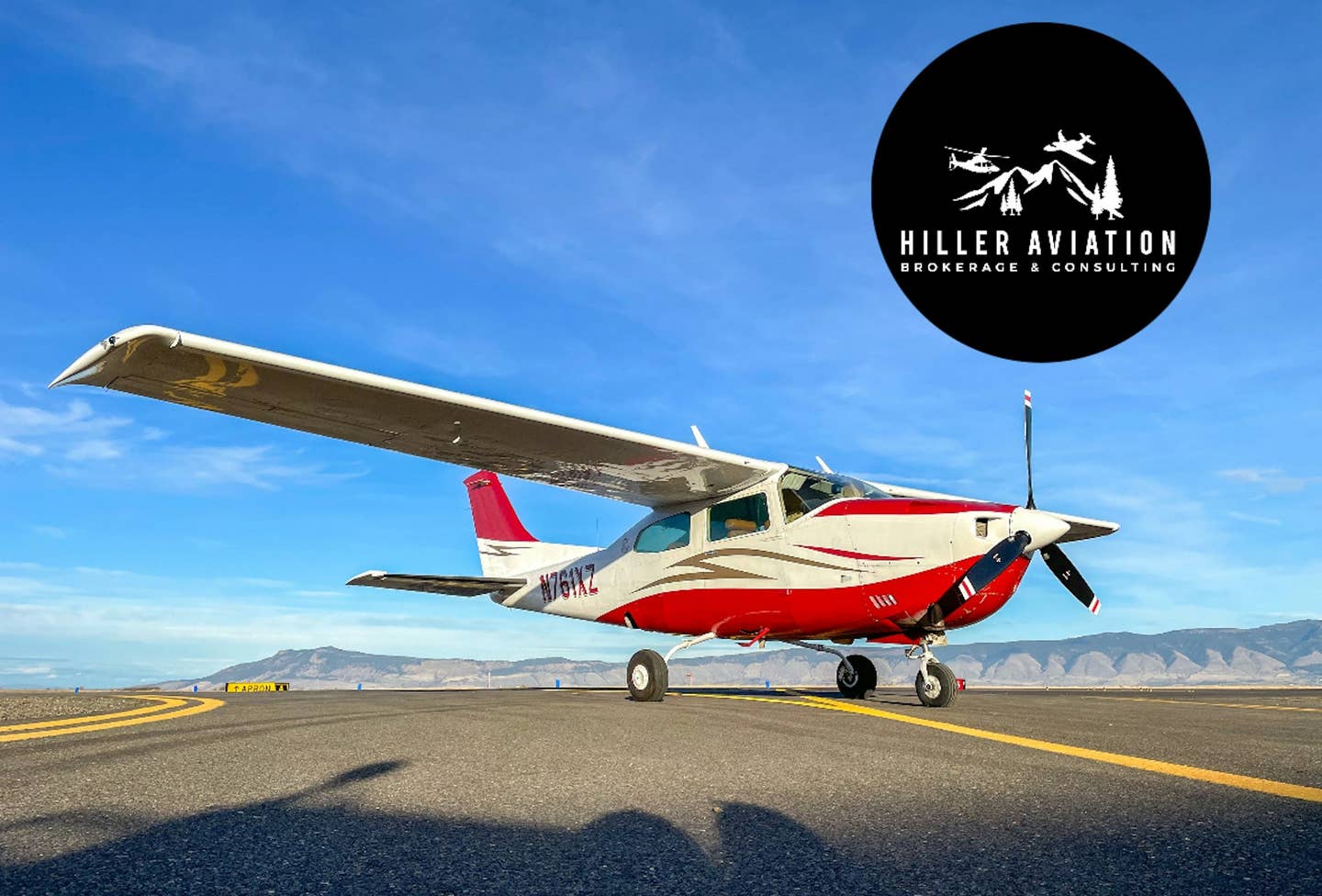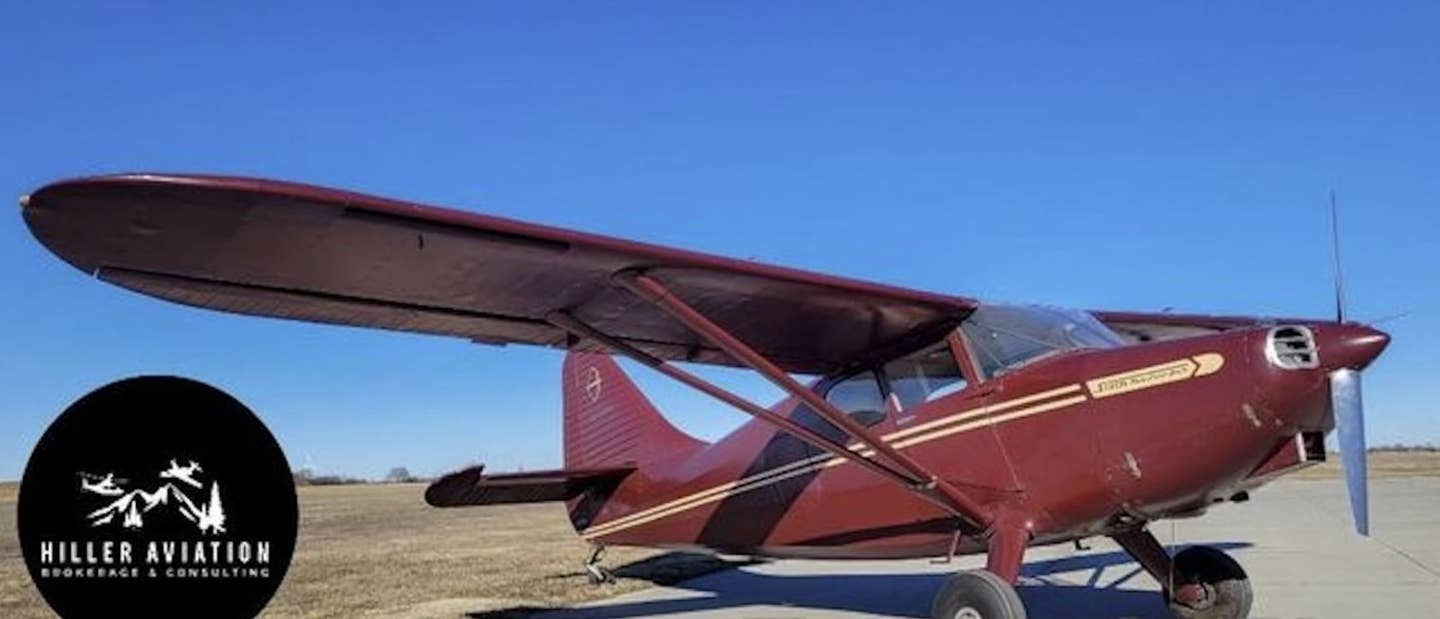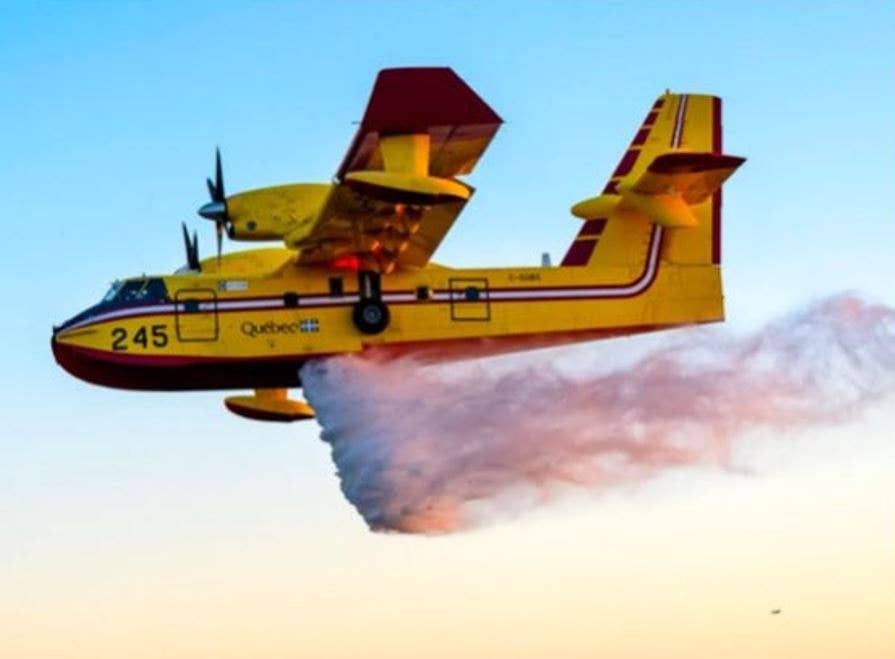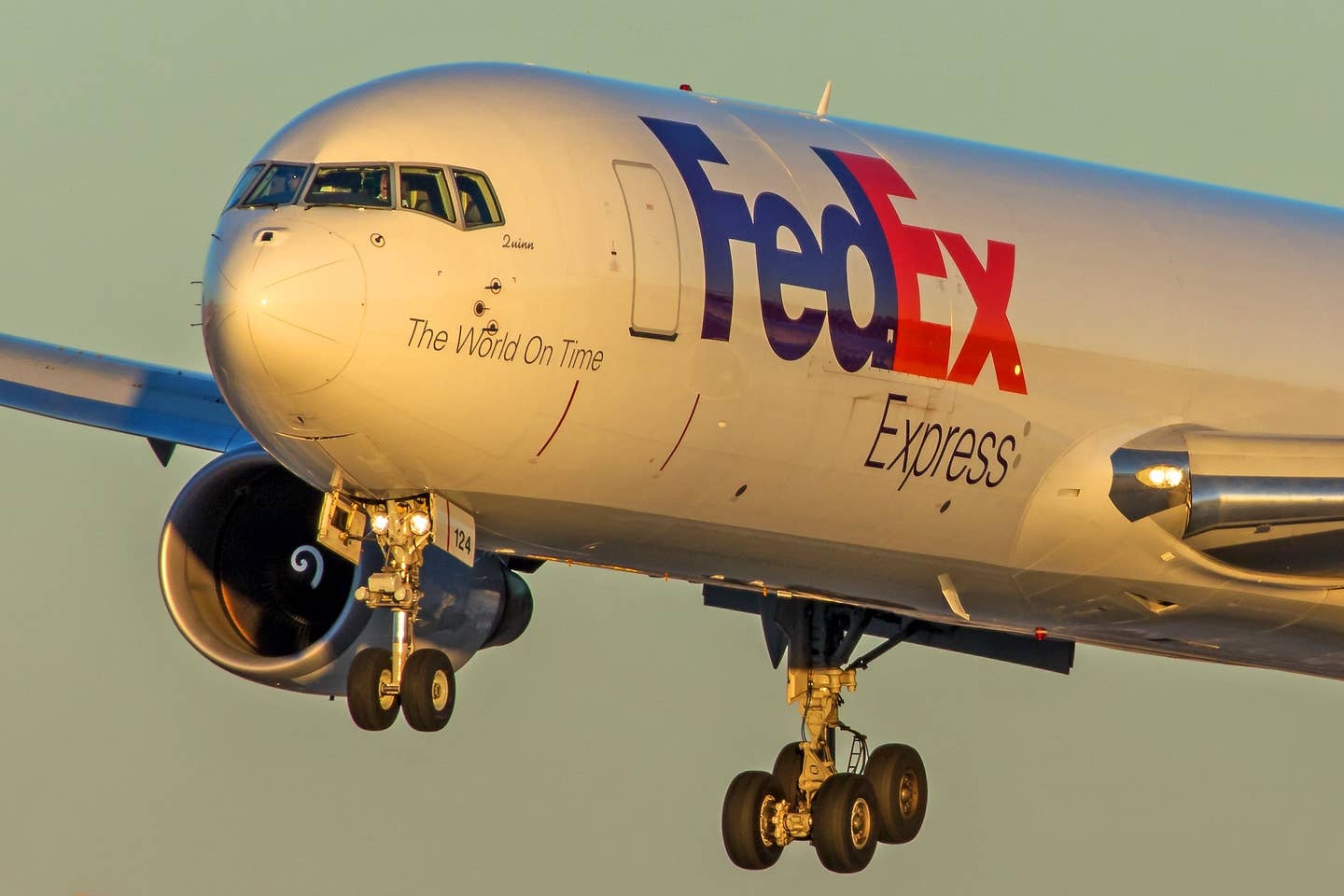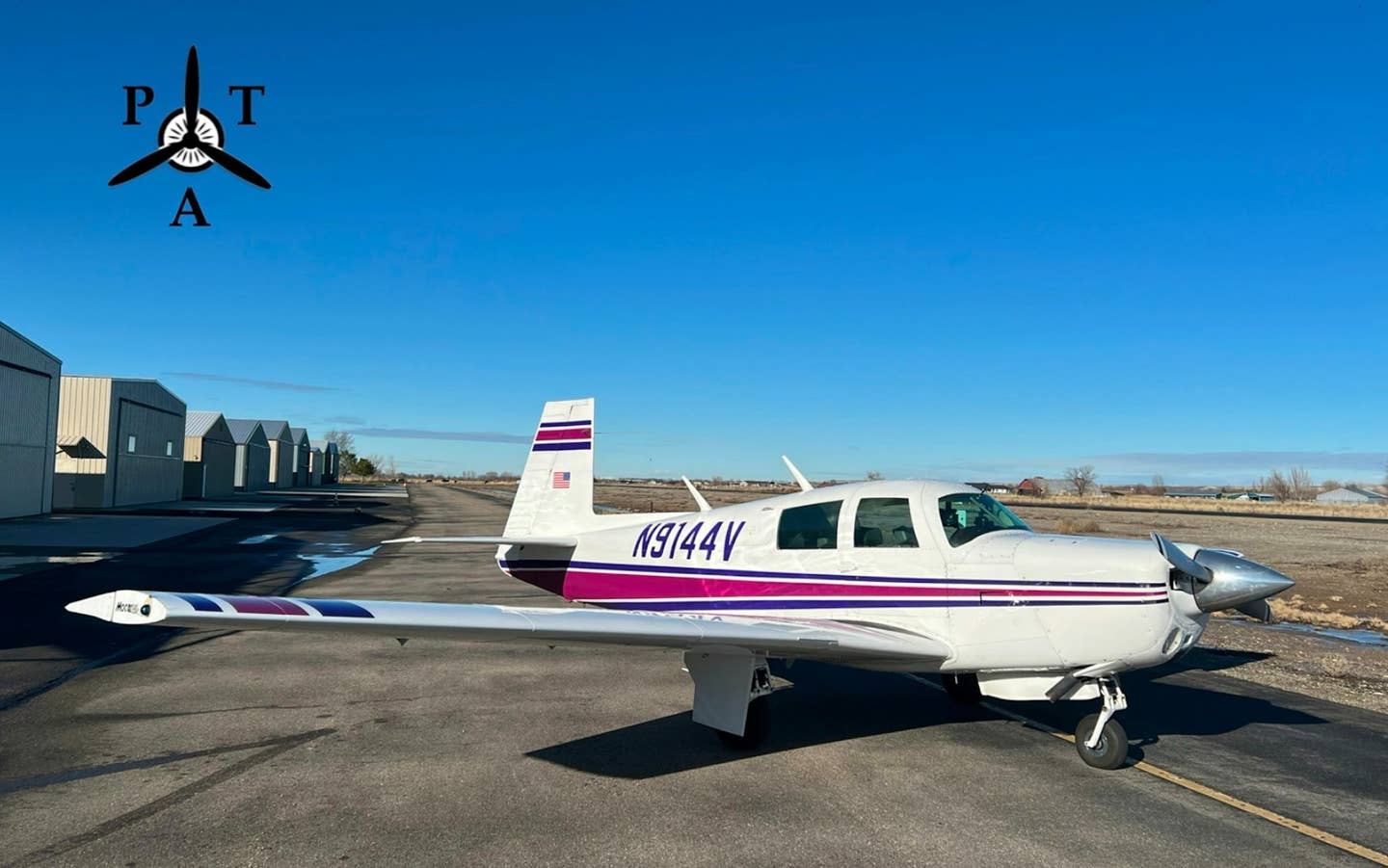
PiperSport Piper Aircraft, Inc.
The PiperSport made its debut at the Light Sport Aircraft show in Sebring, Florida on Thursday, and the news has the industry buzzing louder than the little two-placer's Rotax 912 engine (which can run on 100LL or unleaded auto fuel). With Cessna enjoying a fat order book for its Light Sport trainer, the SkyCatcher, Piper has jumped in with its own pony at the entry-level end of the market.
The PiperSport is a Czech design that is already approved as an LSA trainer. The all-metal airplane is built under license by Czech Sport Aircraft and distributed by Piper's master distributor PiperSport Distribution, Inc. First deliveries are expected in April. Specs include a 1,200-fpm climb rate, max cruise of 119 knots, 30-gallon fuel capacity (good for 600 nautical miles' range) and 1,320-pound maximum gross weight (tops for the category) yielding 600 pounds of useful load. The PiperSport will come in three "trim levels" starting with the basic unit at $119,900, which includes a host of standard features including leather seats and a BRS ballistic recovery whole-airplane parachute system. For an extra $10,000 the PiperSport LT is set up as a trainer with a better stacked panel, including a digital engine-instrument display. The top-of-the-line LTD version adds the AP74/HS34 autopilot from avionics manufacturer Dynon (which, like many LSA avionics , is eligible for use in Experimental and Light Sport aircraft only). All PiperSport models include a Dynon primary flight display (PFD), a Garmin SL40 com; GTX 328 transponder and a GPS495 portable GPS, though that choice will likely be superseded when Garmin ceases production of that series in about a year. Also on the equipment list are a PS Engineering PM3000 intercom and an Ameriking emergency locator transmitter.
So what does all of this mean? For the past three decades or so, all two-seat trainers in the fleet have necessarily been used airplanes — really, really used airplanes. The result is that for students who want to learn on a machine that is, perhaps, younger than their parents, the only choice was a much more expensive four-place aircraft. With the FAA's approval of the Light Sport category five years ago, and now Cessna's and Piper's commitment to establishing a Light Sport training program, the economic logjam may be on the verge of breaking up. Maybe. And one has to wonder how the top brass at Cirrus is privately responding to this news, having shelved their plans for a Light Sport entry last year.
It's ironic in a way that the last 40 years have seen the rising up of experimental aircraft — the overwhelming majority of which are two-seaters. Maybe one result of that revolution is that there are legions of kitbuilders out there — or second, third and fourth-hand owners of kitplanes — who would have bought and leased back Cessna and Piper trainers in the old days. But they found a much more exciting variety of higher-performance homebuilts to own and fly, instead. How many thousands of aircraft does that represent? Surely, not all homebuilders would have bought a new Cessna 152, but you still have to wonder at the possibilities. The Light Sport aircraft movement grew out of the Experimental culture. And now, full circle, Light Sport could become part of the salvation for factory-built aircraft, going forward.

Sign-up for newsletters & special offers!
Get the latest FLYING stories & special offers delivered directly to your inbox

